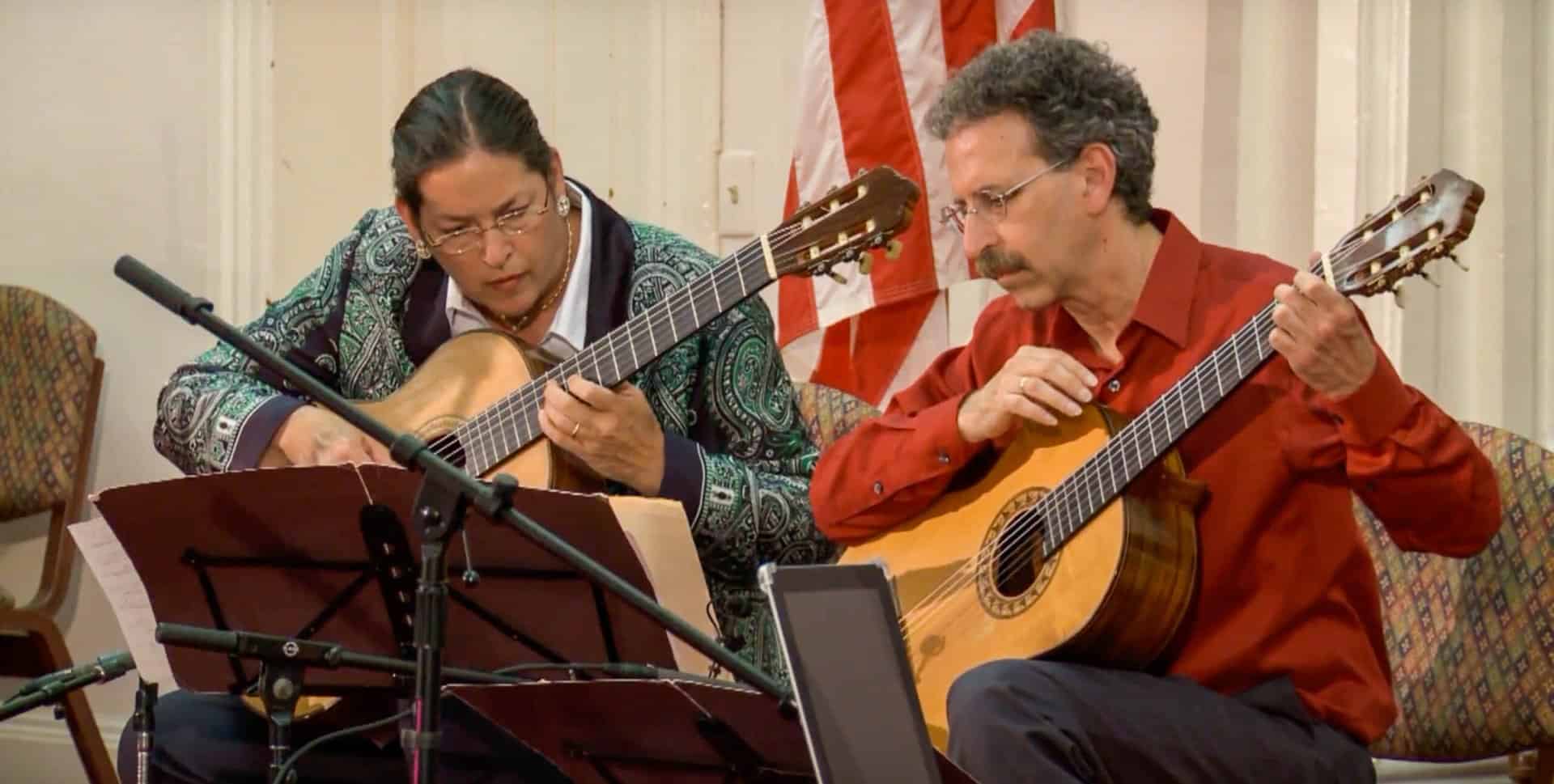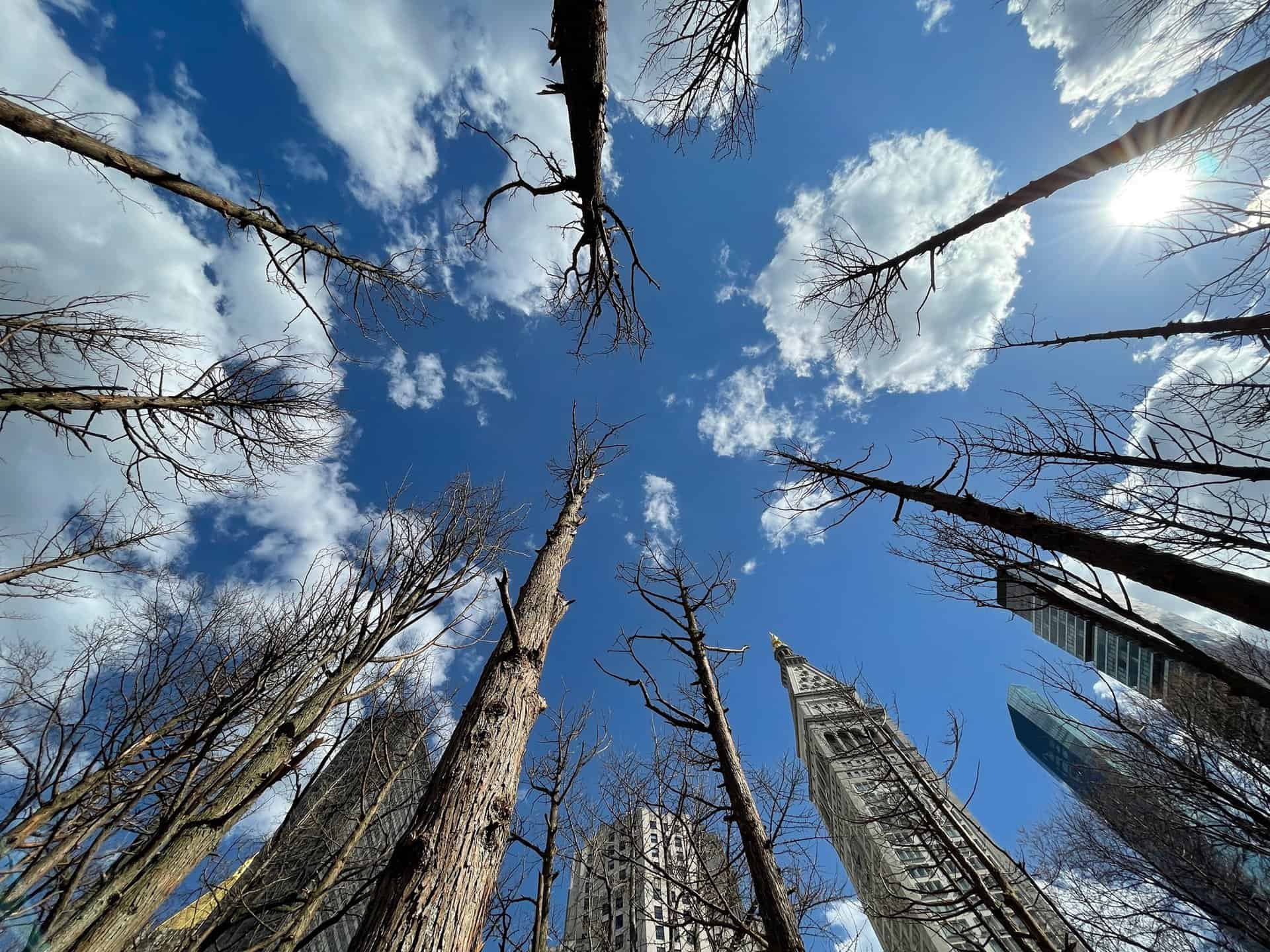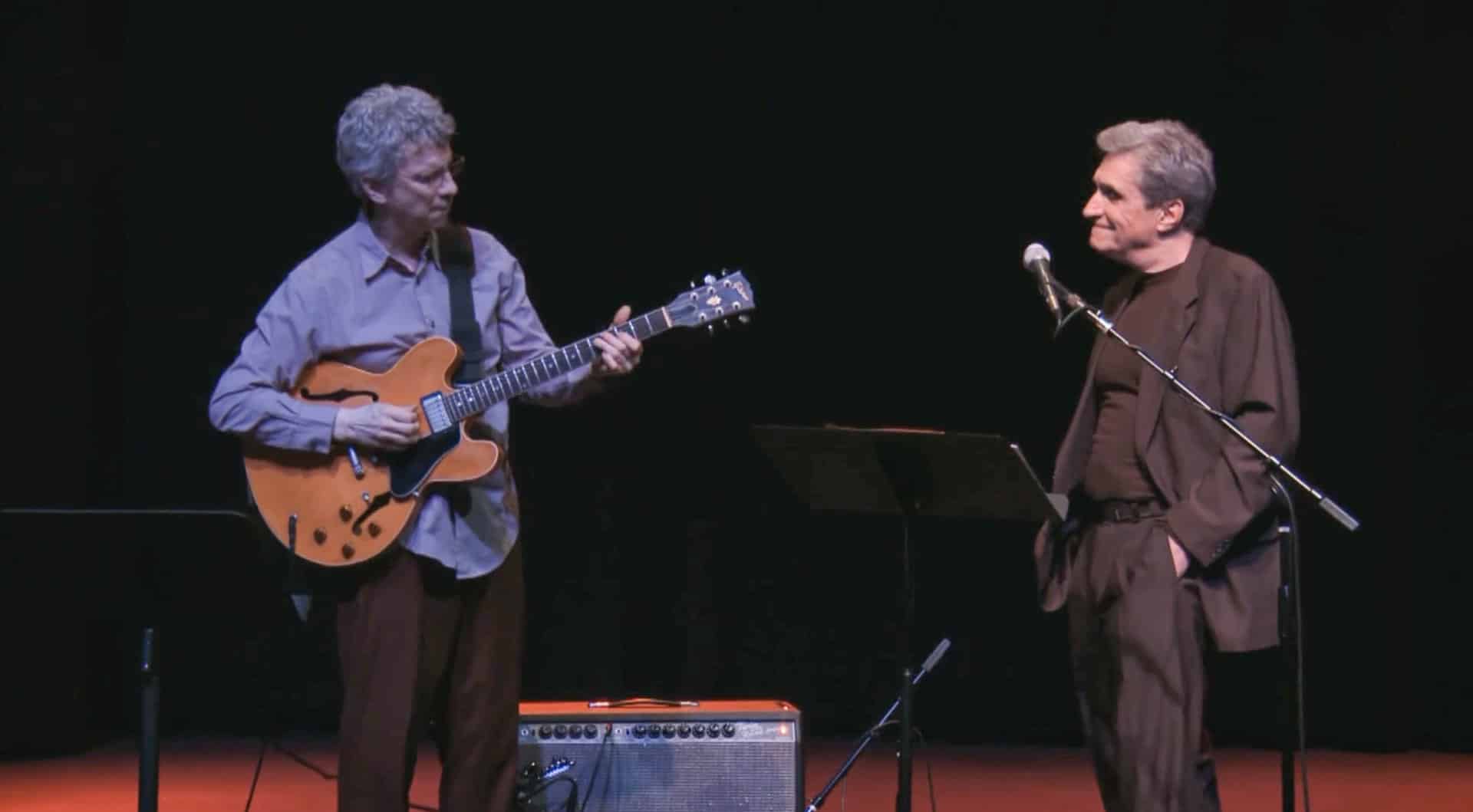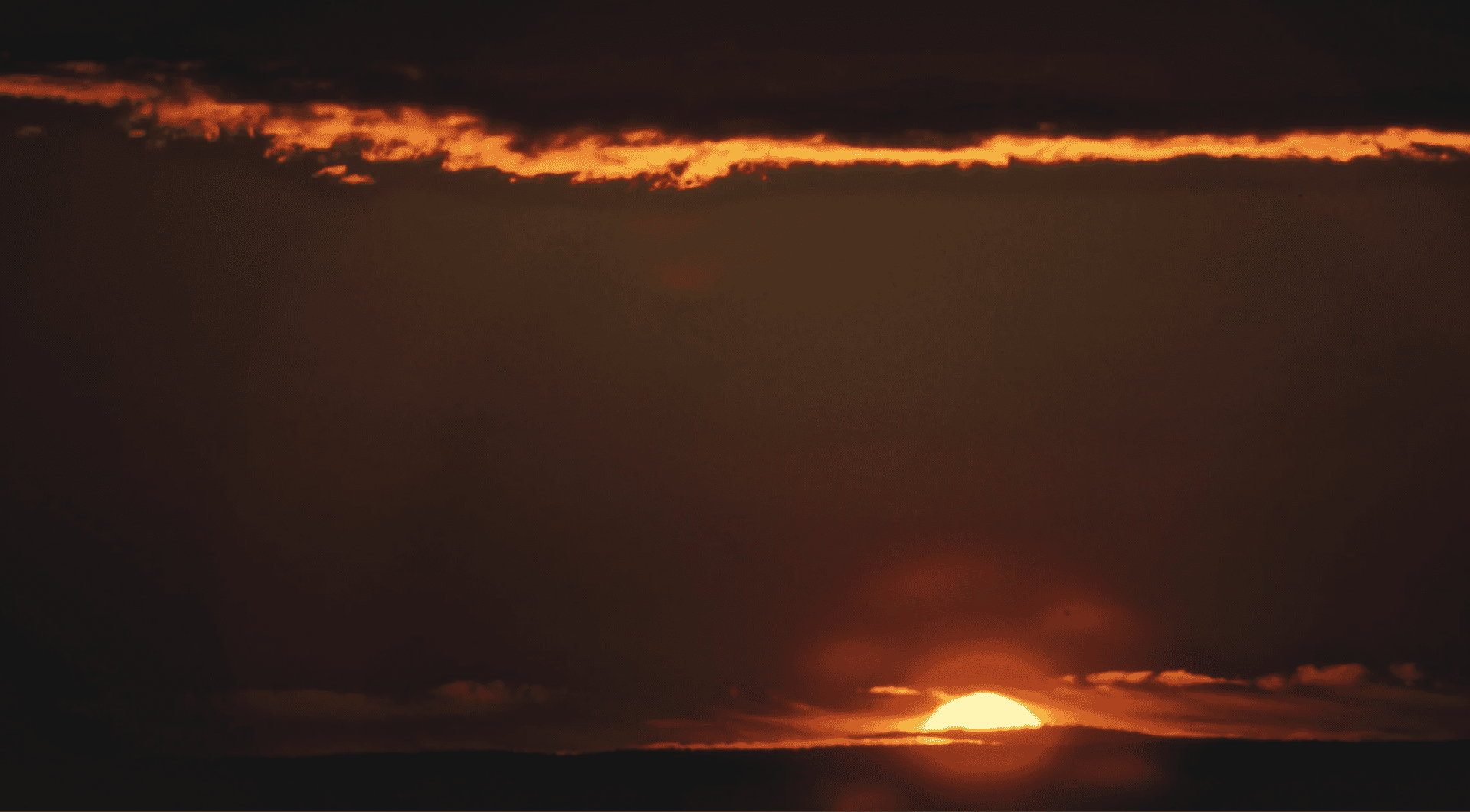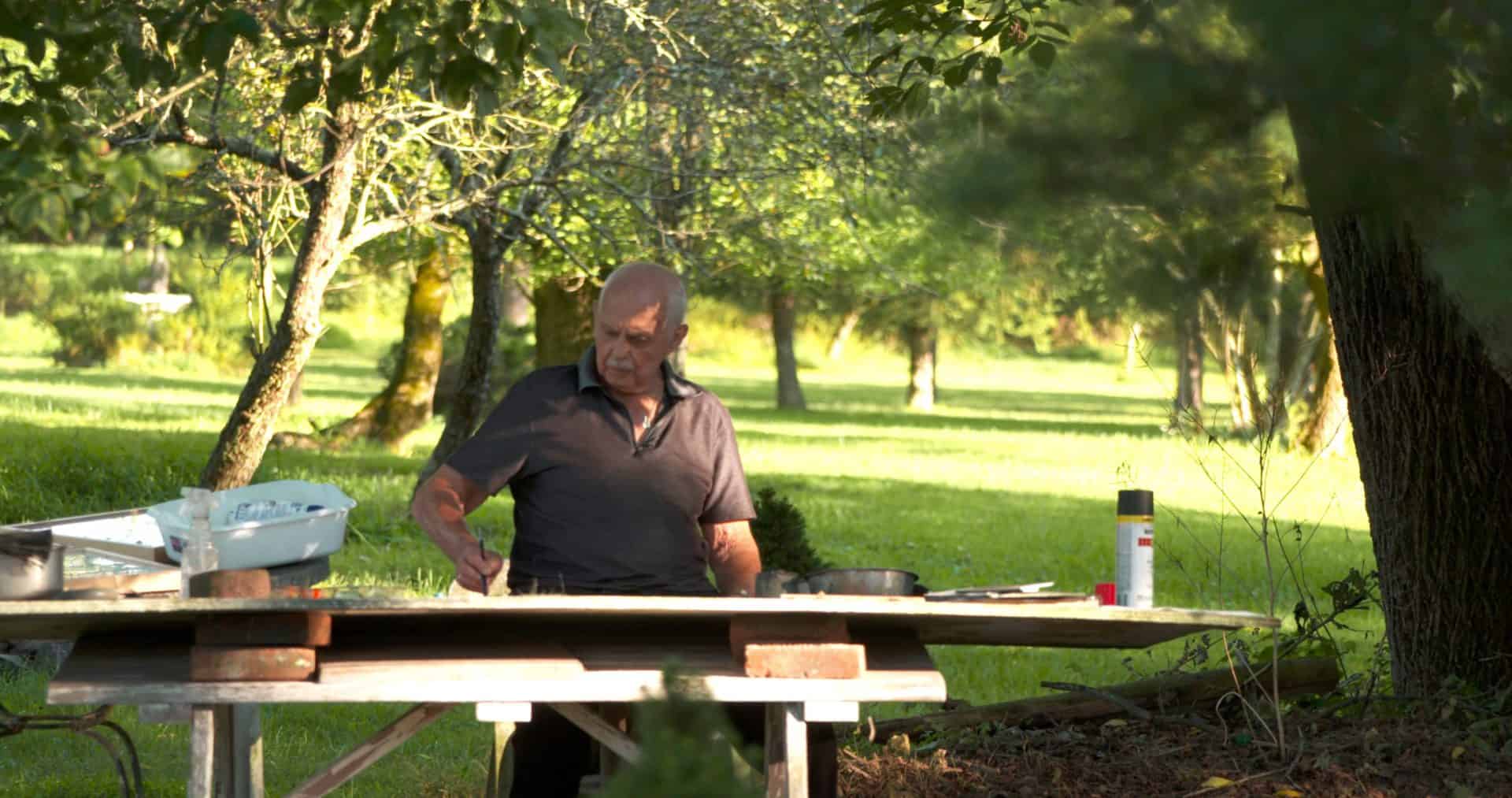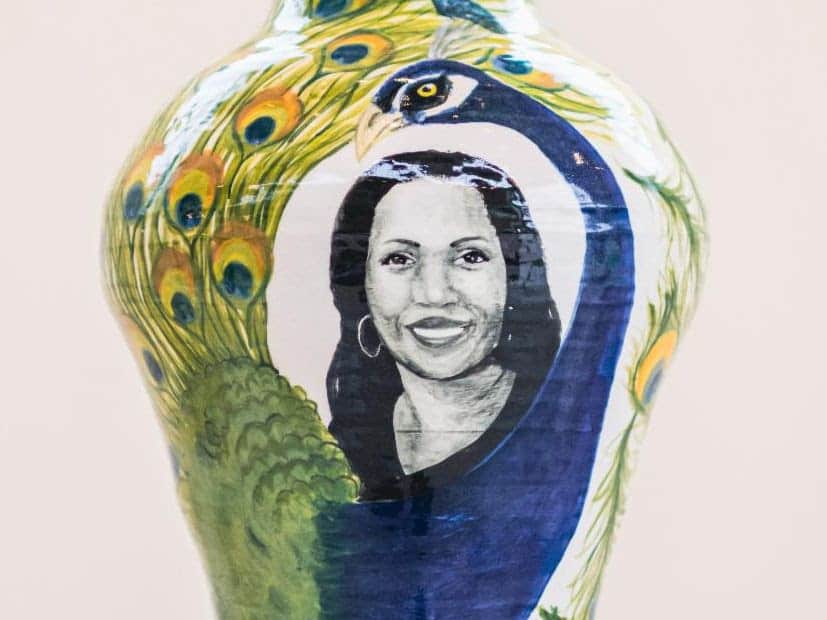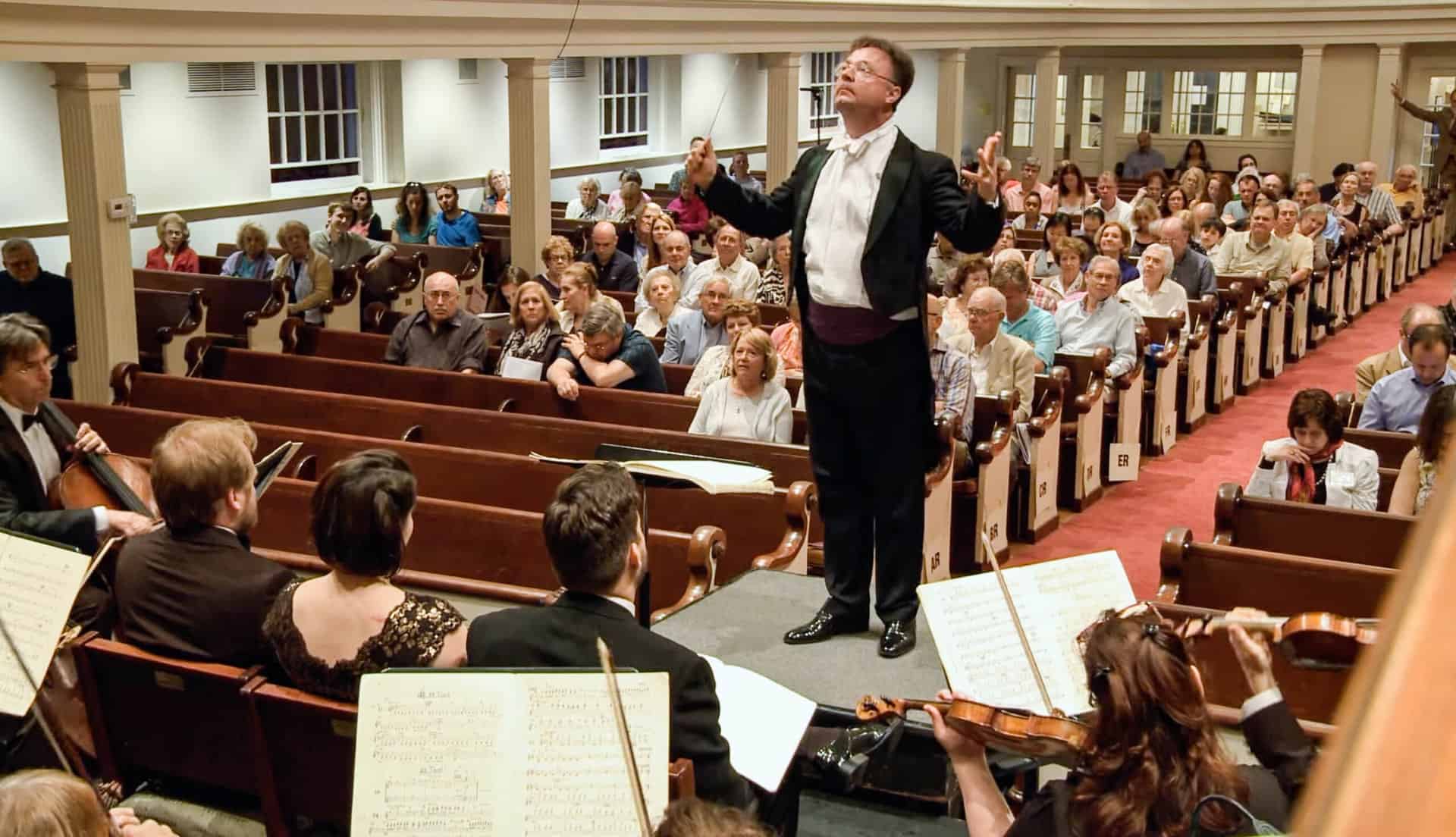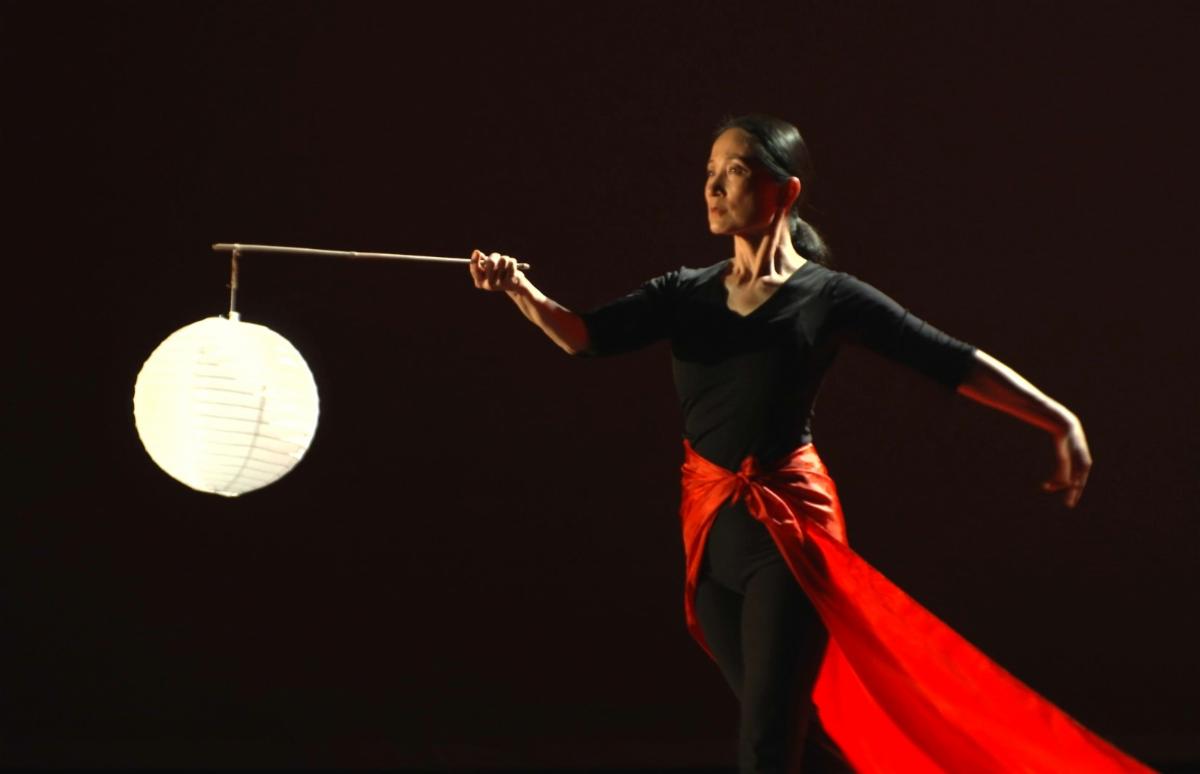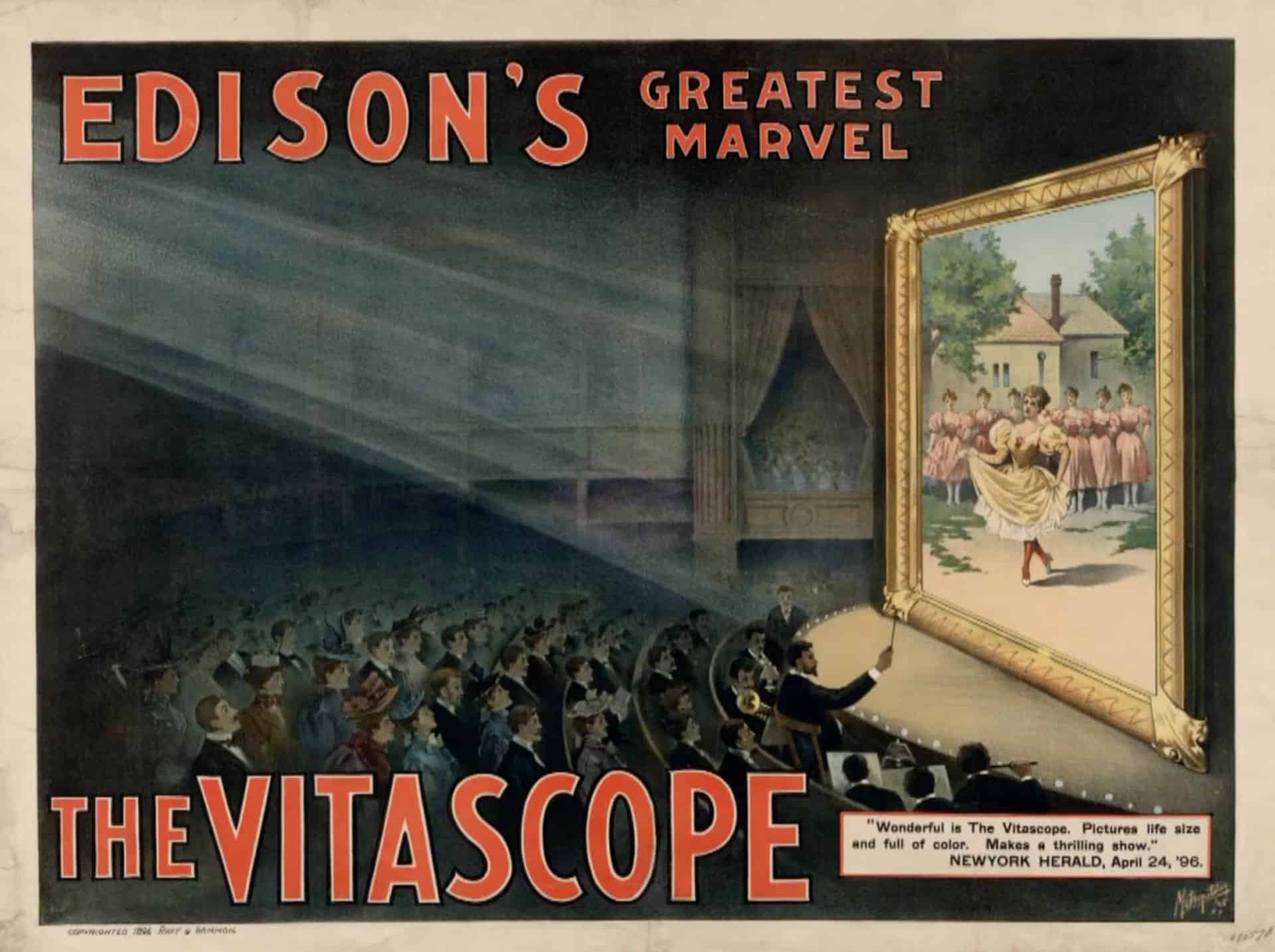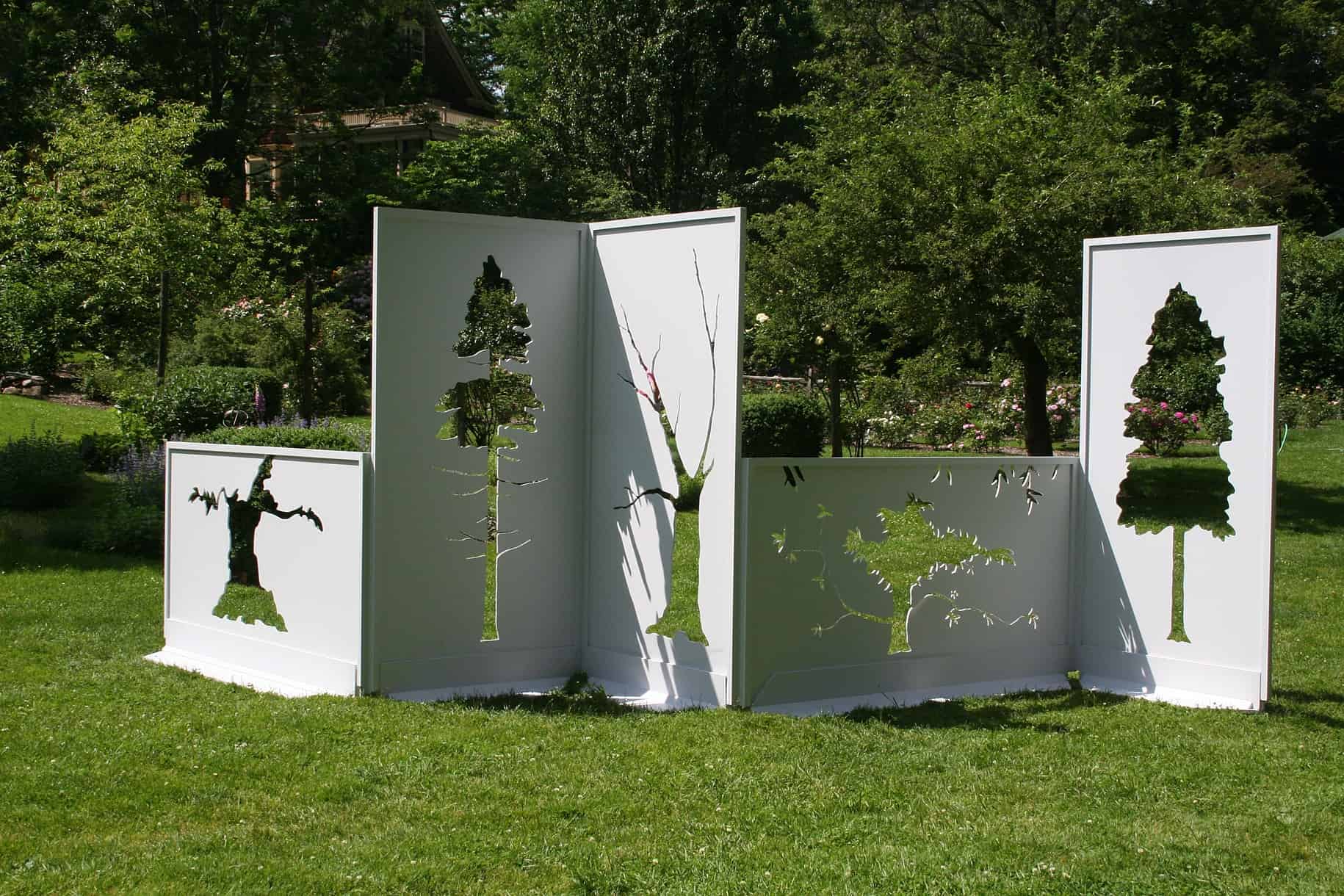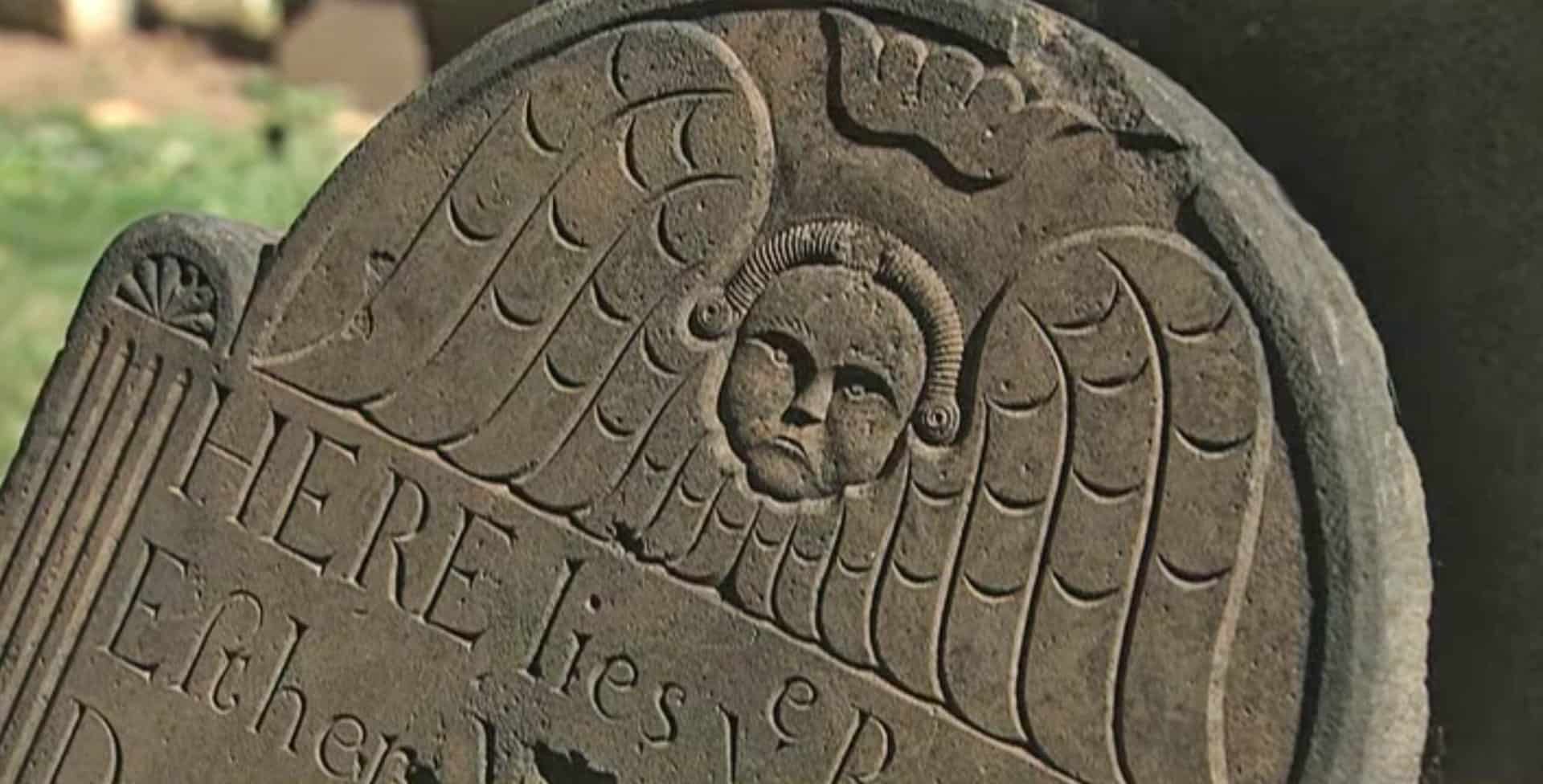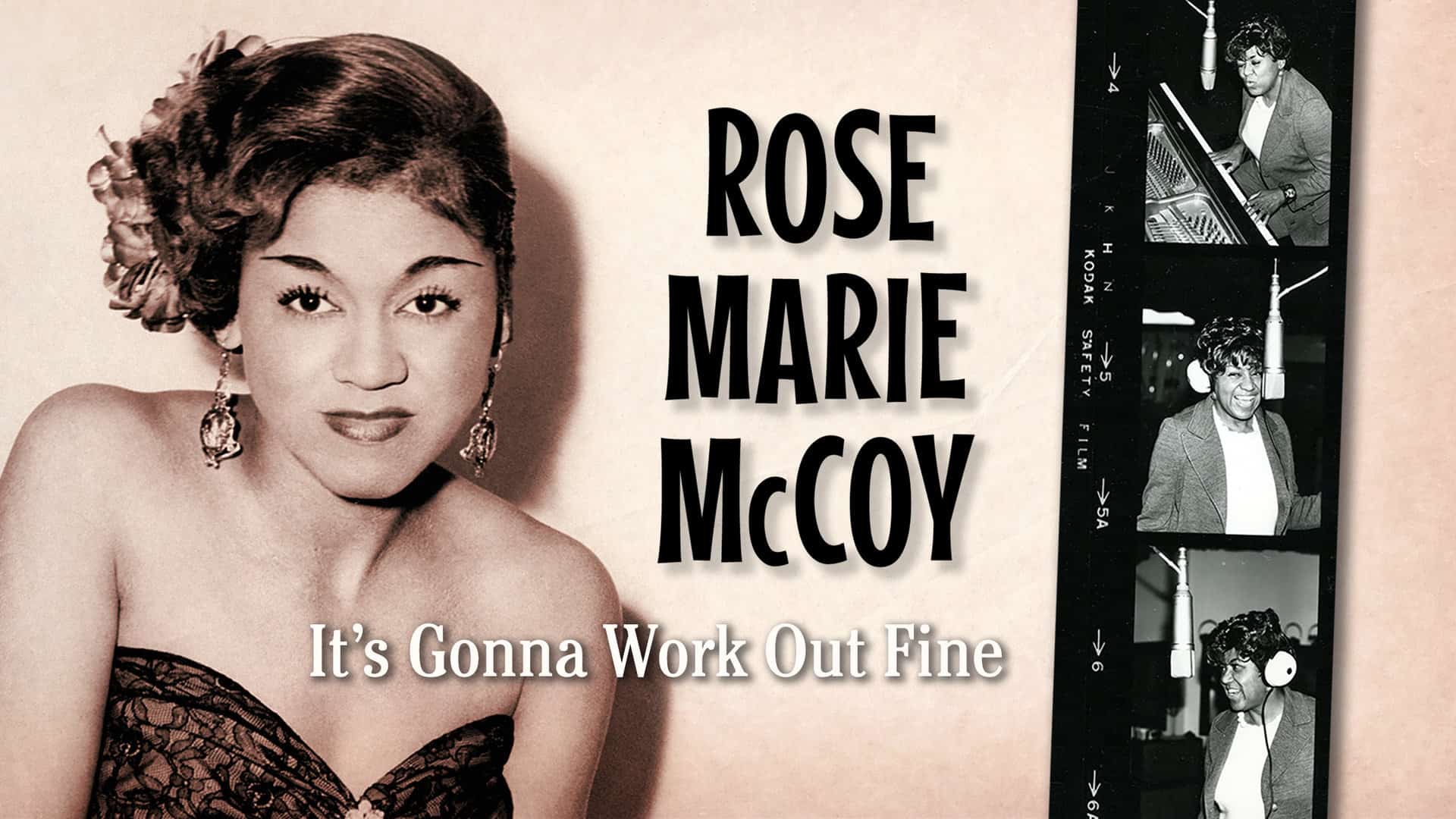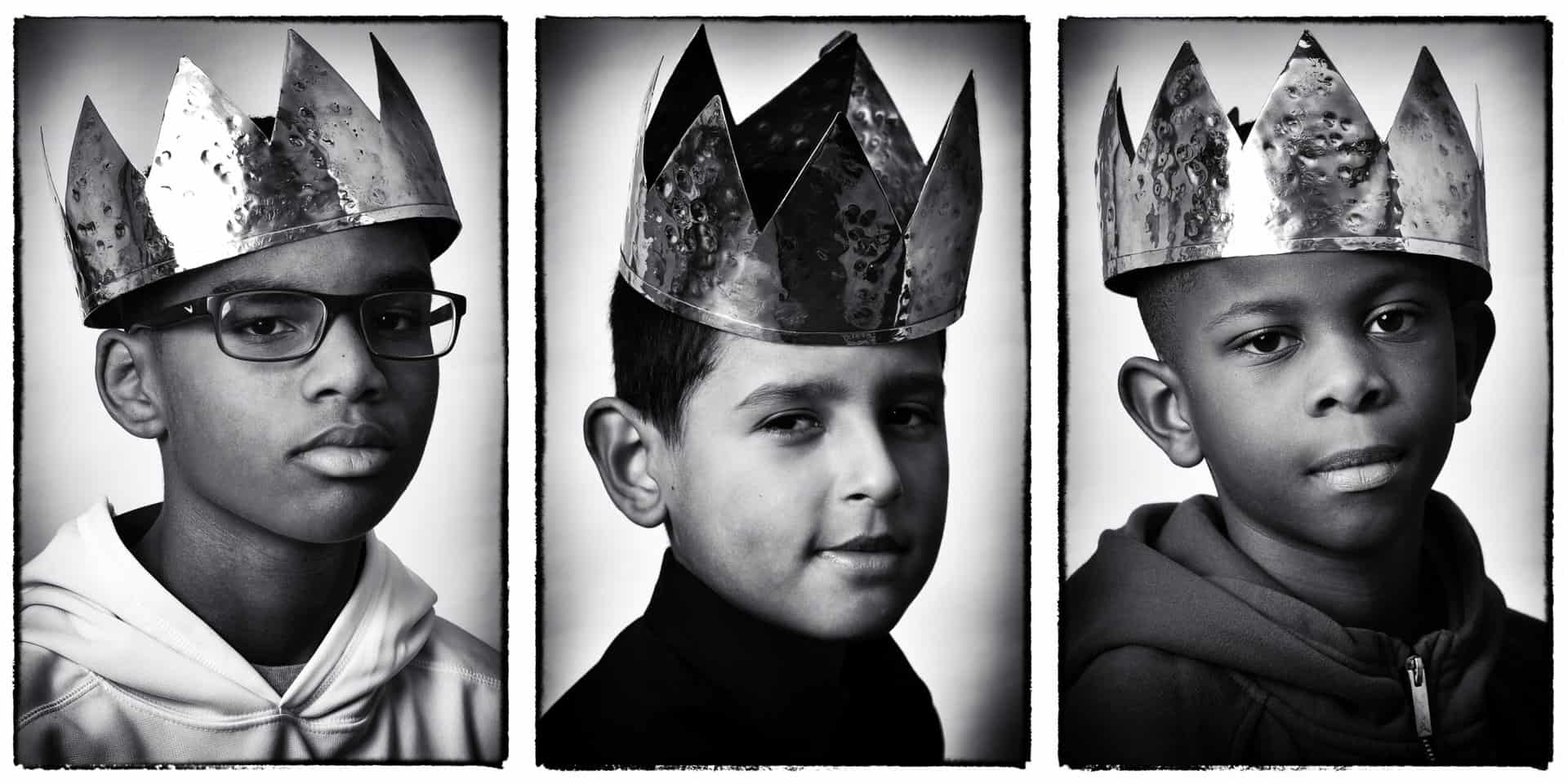Today, January 27, is International Holocaust Remembrance Day.
In 1945, one of America’s most popular magazines, LIFE, tried to persuade an unbelieving public that the atrocities of the Holocaust really had taken place. Their photo essay “Atrocities” responded to the skepticism prevalent in the United States nearing the end of WWII. But LIFE left out a key part of the story: that the subjects of these photos were almost entirely Jewish.
Princeton University’s 2020 exhibition LIFE Magazine and the Power of Photography explored the role that photo essays, captions, and graphic design choices played in shaping the public’s collective memory of historical events. The curators of the exhibition were given unprecedented access to LIFE’s picture collection and editorial process. Published weekly from 1936 to 1972 and continuing monthly until 2000, LIFE played a pivotal role in visual storytelling during WWII, illustrating the sheer power of the photographic image.
We bring you this story today as a reminder that stories are often told only in part—and that “evidence,” even photographic evidence, always relies on context.
LIFE Magazine and the Power of Photography was organized by the Princeton University Art Museum and the Museum of Fine Arts, Boston. The exhibition premiered at Princeton (Feb 22–Mar 15, 2020), with additional virtual materials accessible online, including this interactive digital module.
“LIFE and Death” was produced by Sam Vladimirsky for State of the Arts. Images © LIFE Picture Collection. Video footage accessed at United States Holocaust Memorial Museum, courtesy of The Steven Spielberg Jewish Film Archives of the Hebrew University of Jerusalem.

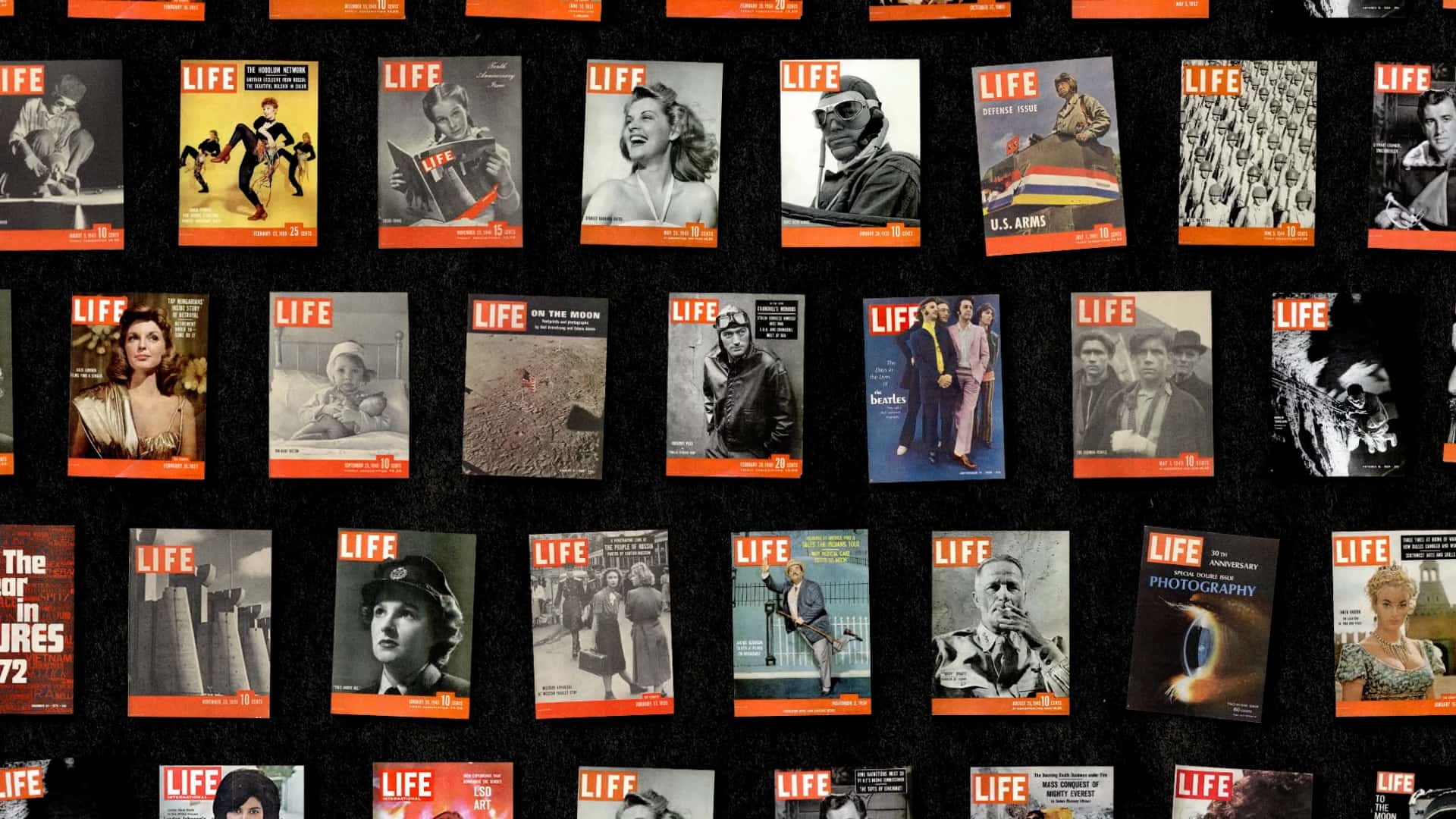
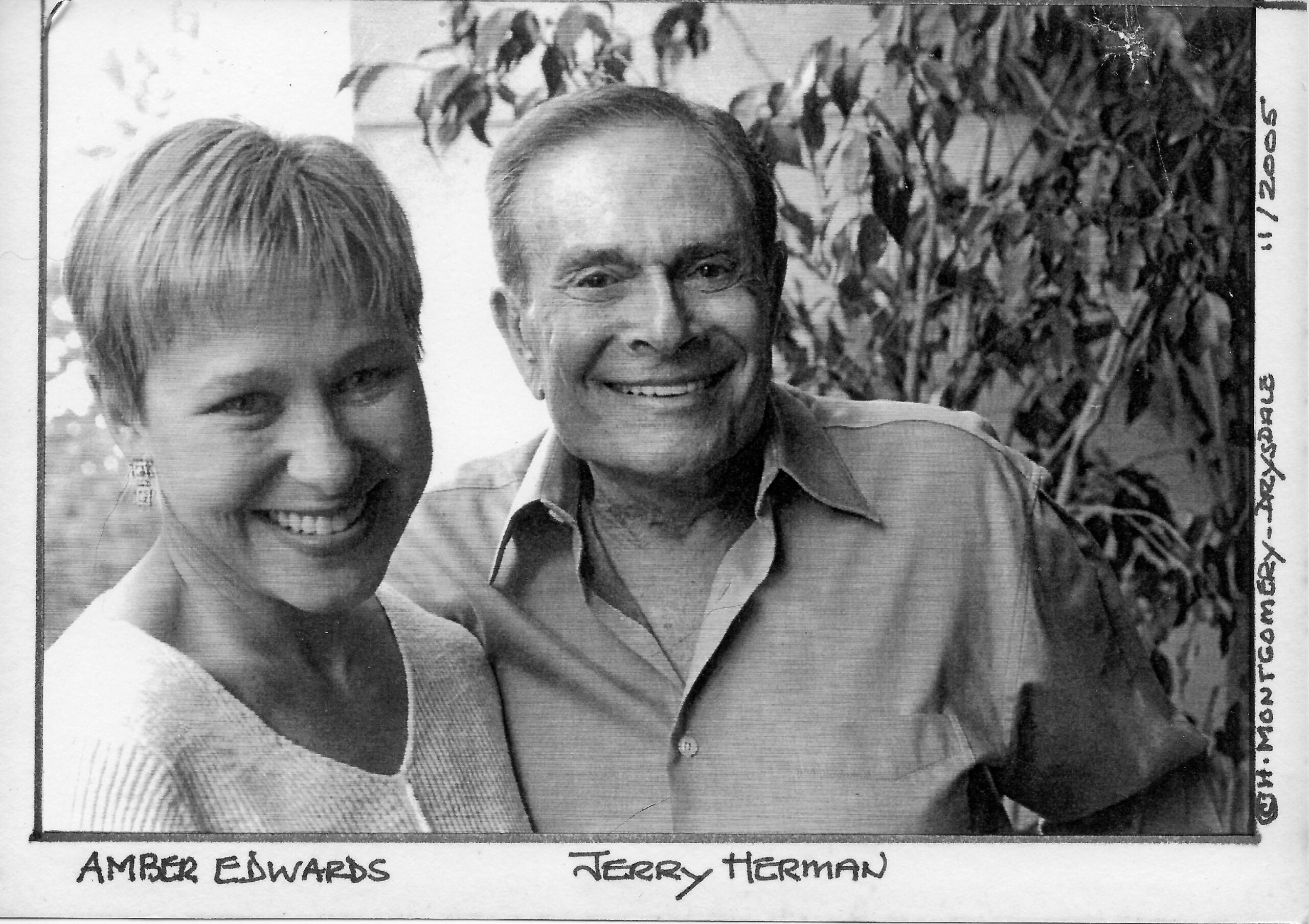
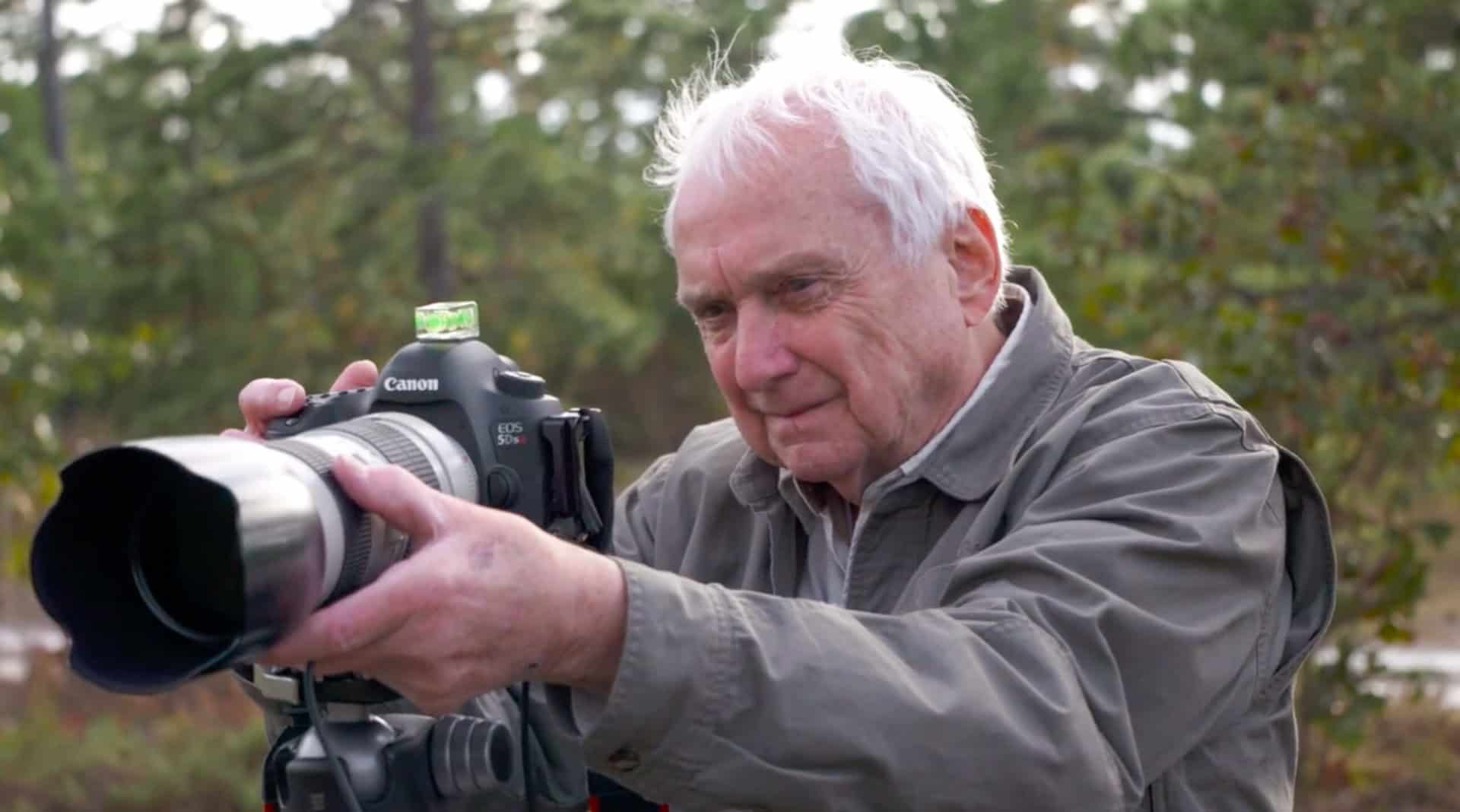
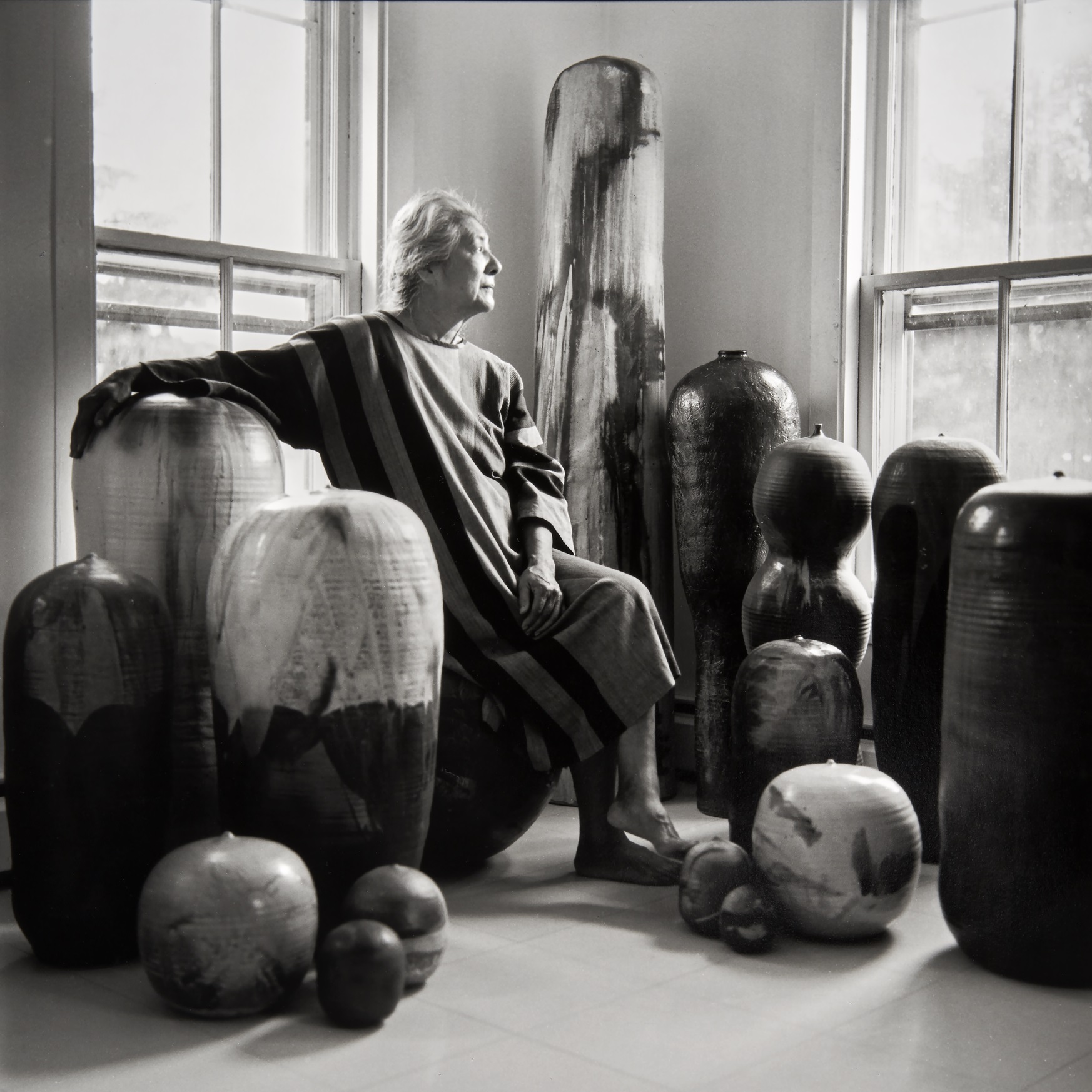
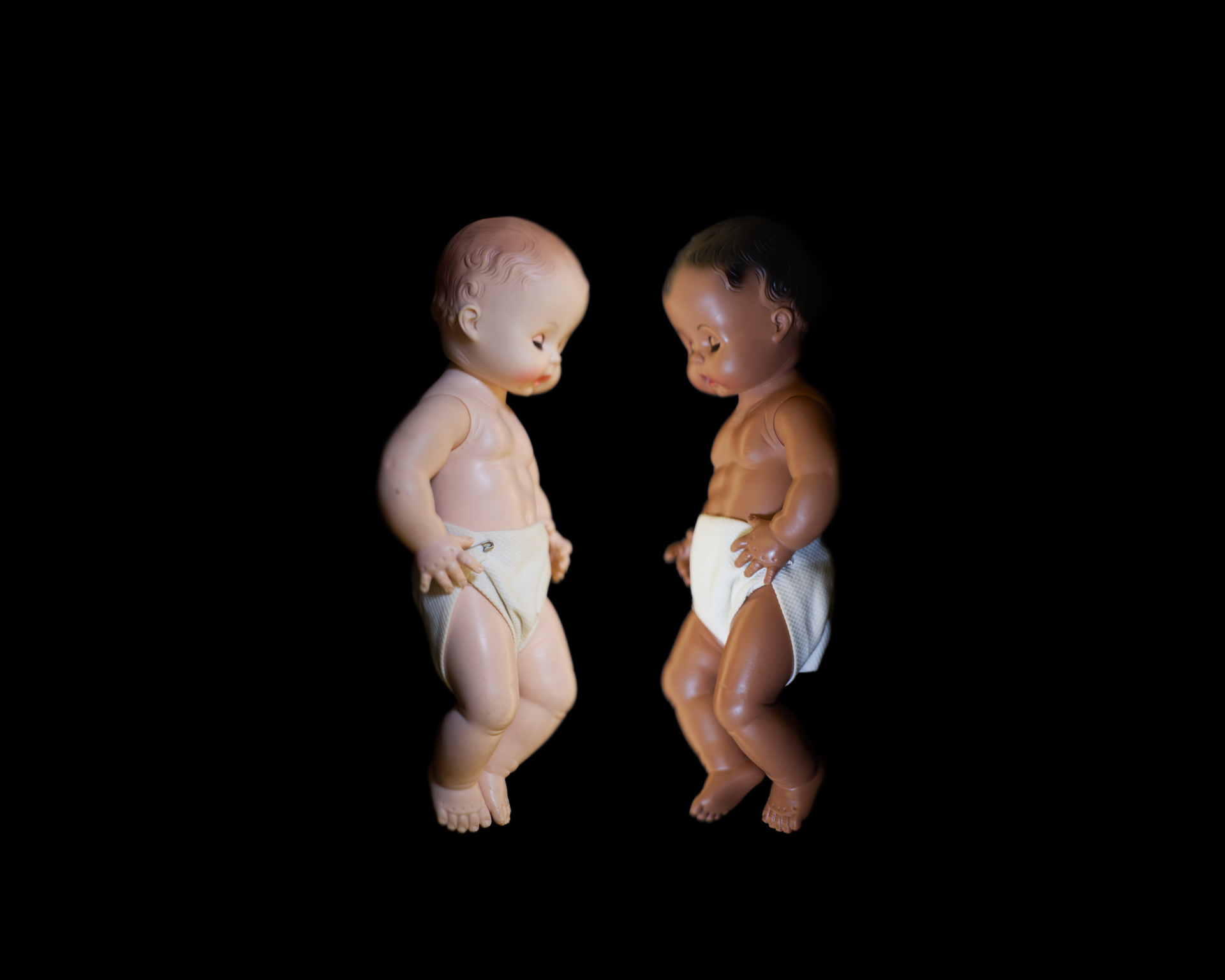
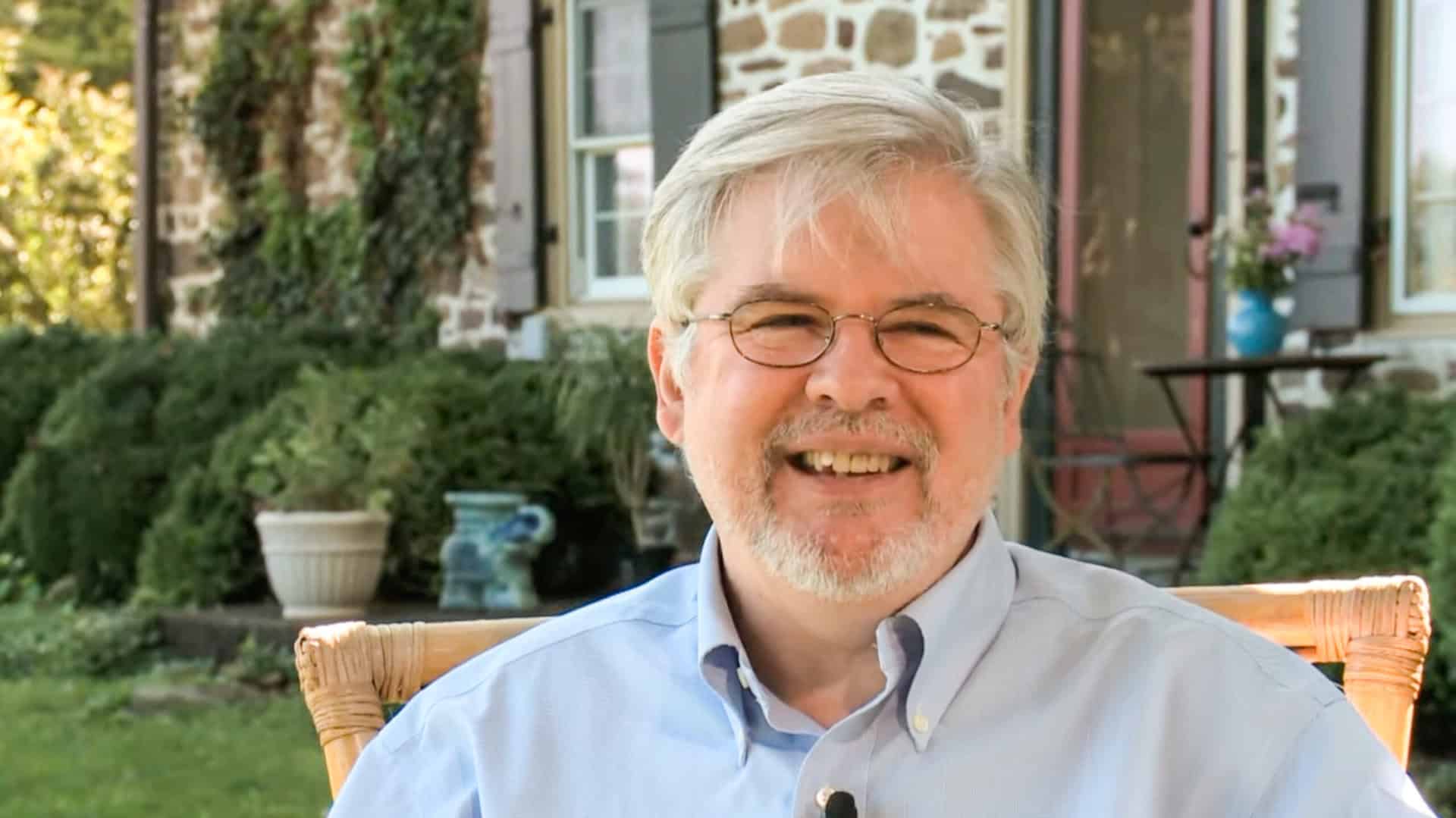
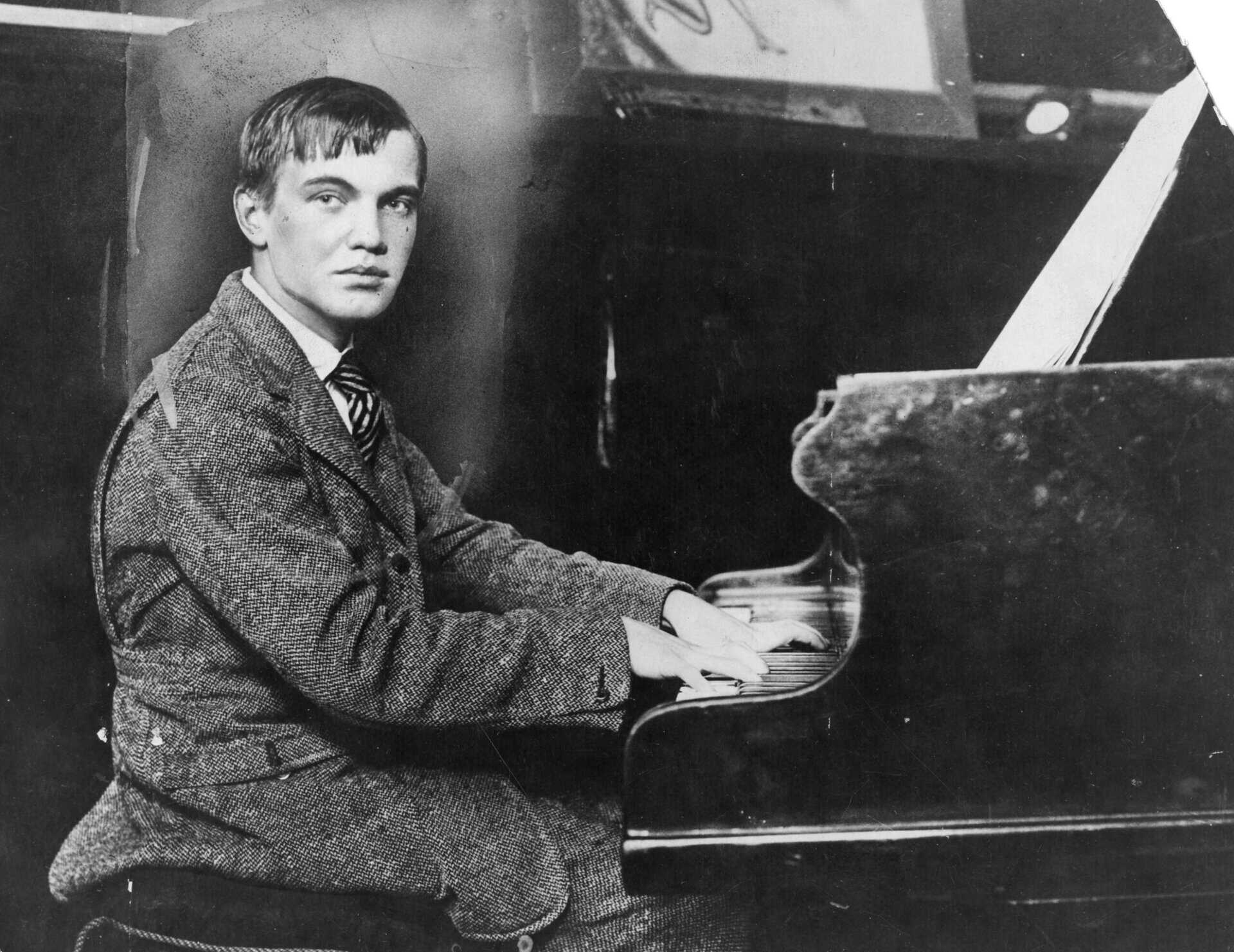
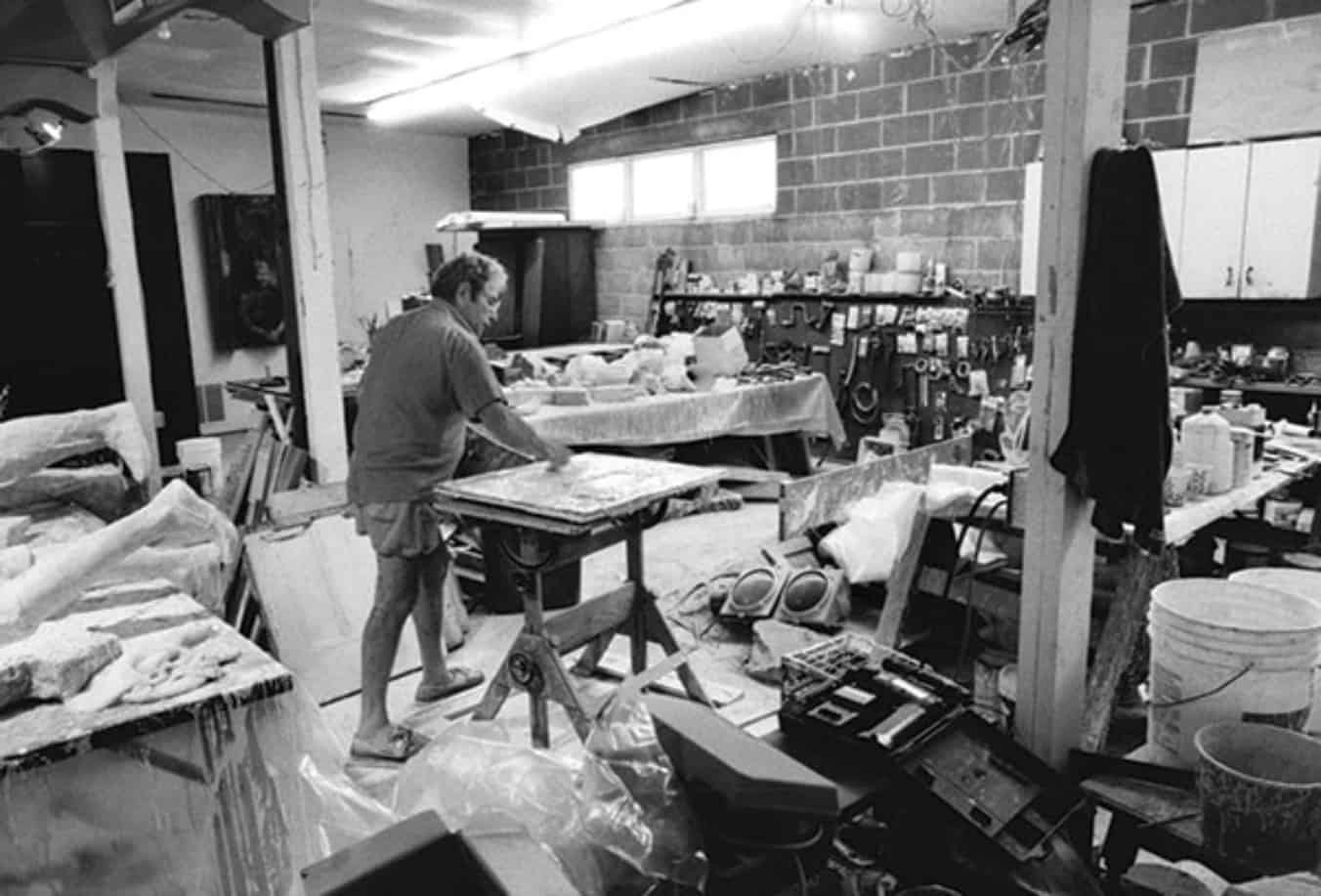
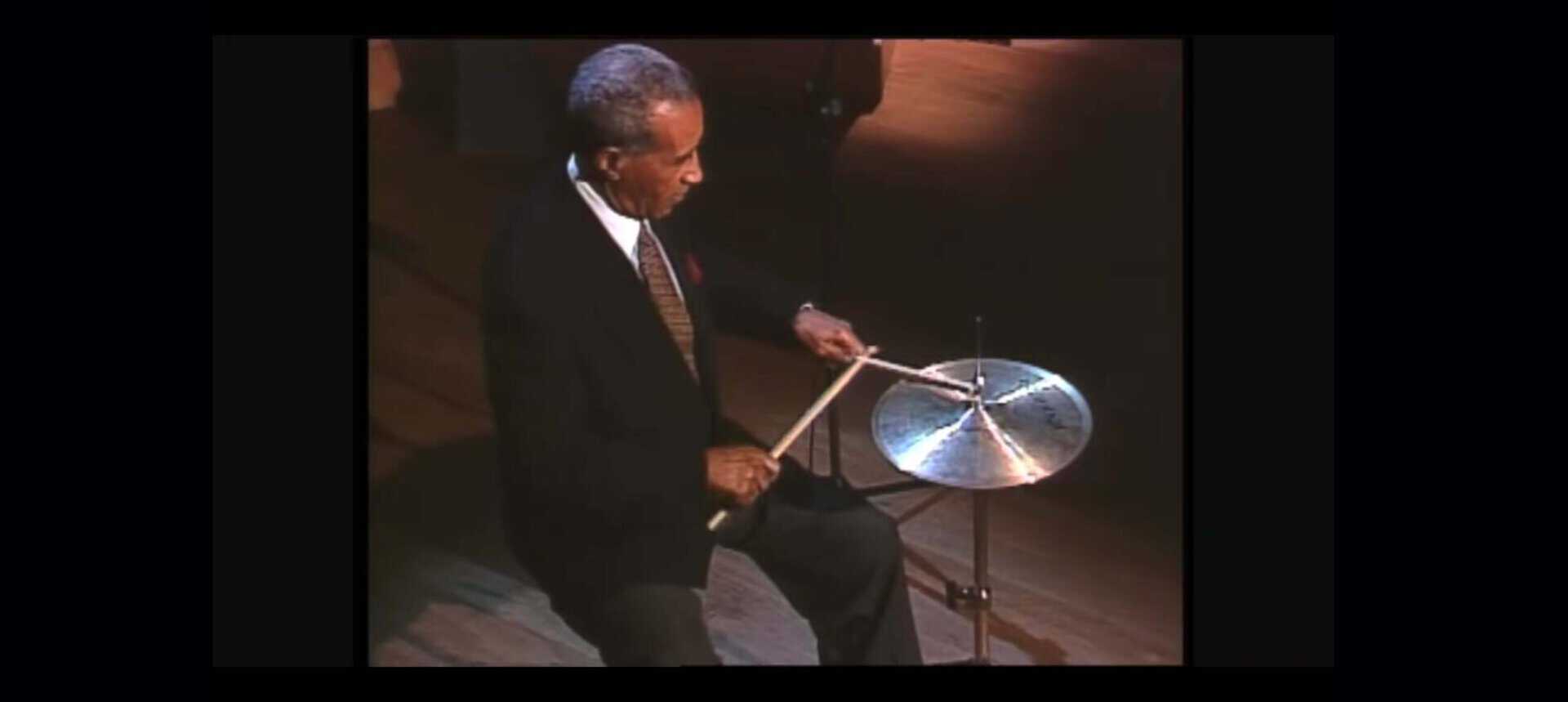
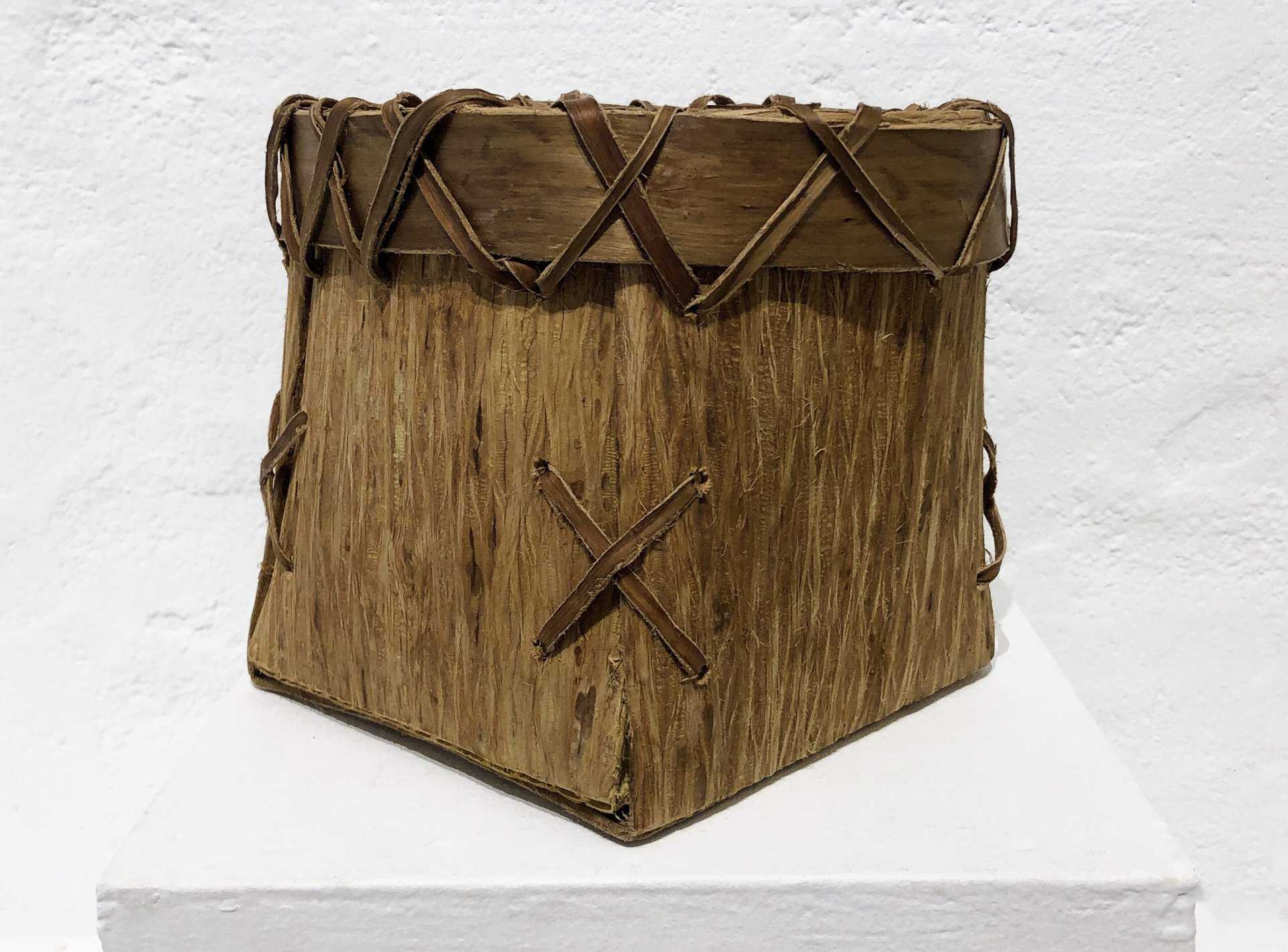
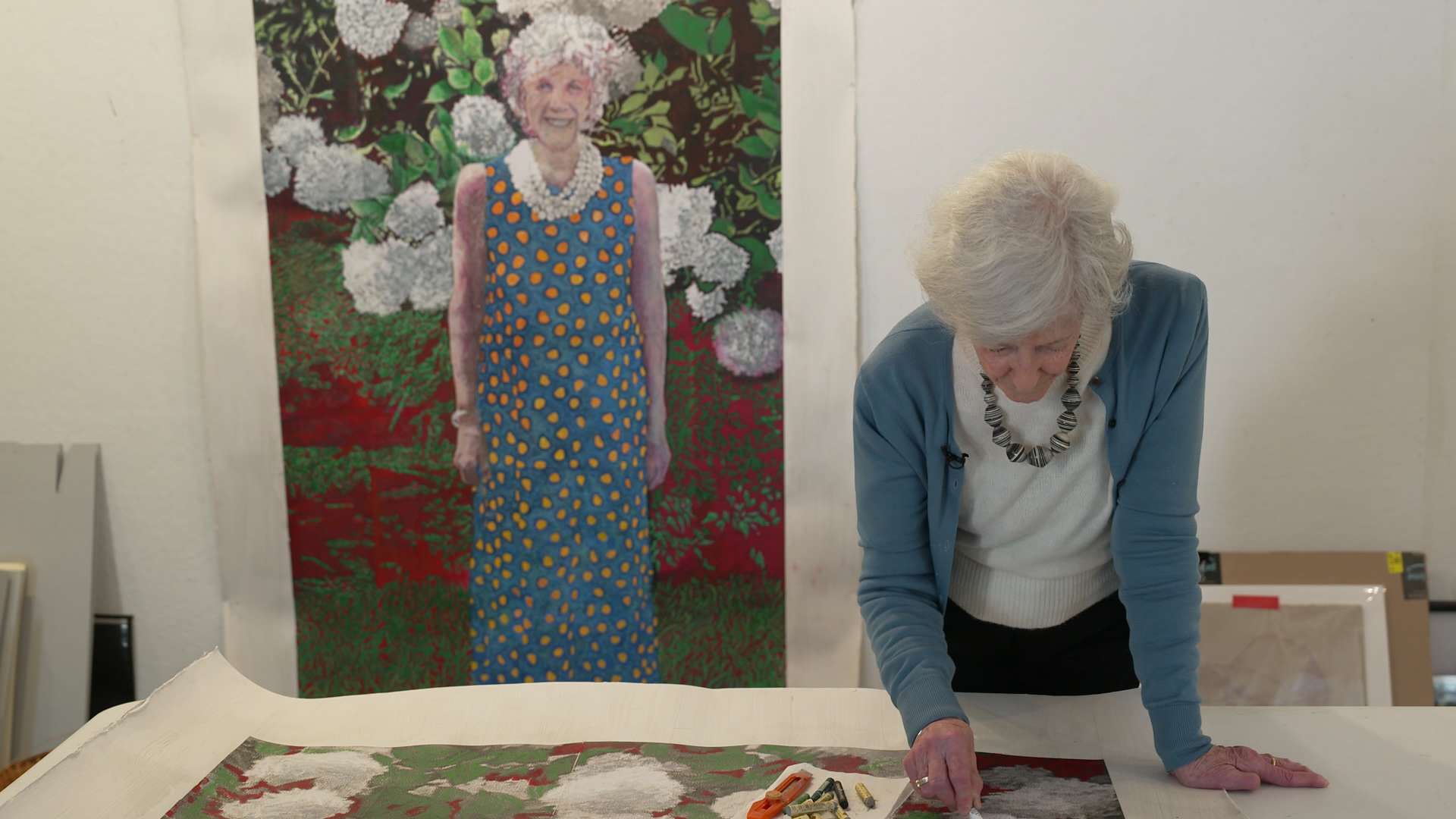
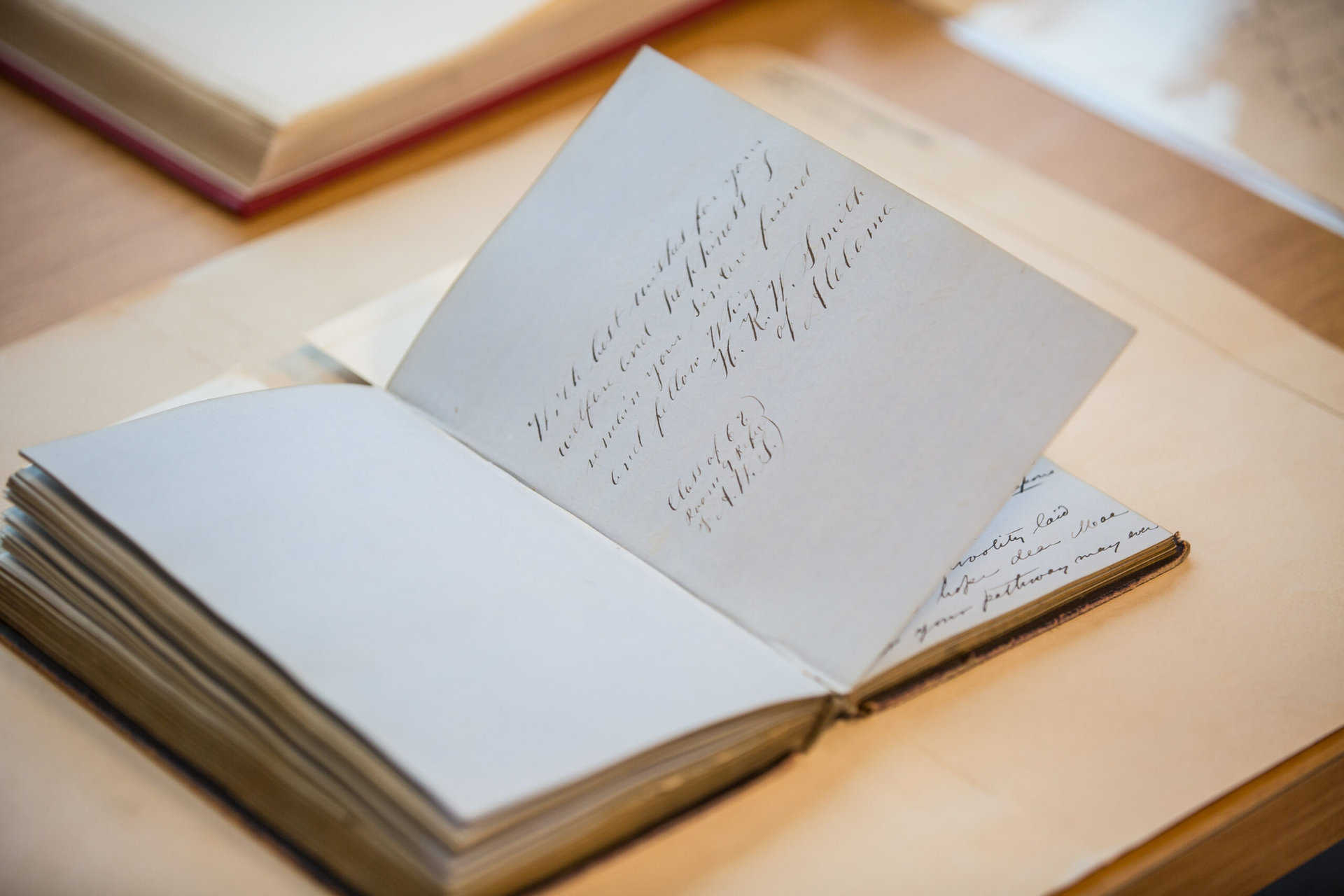
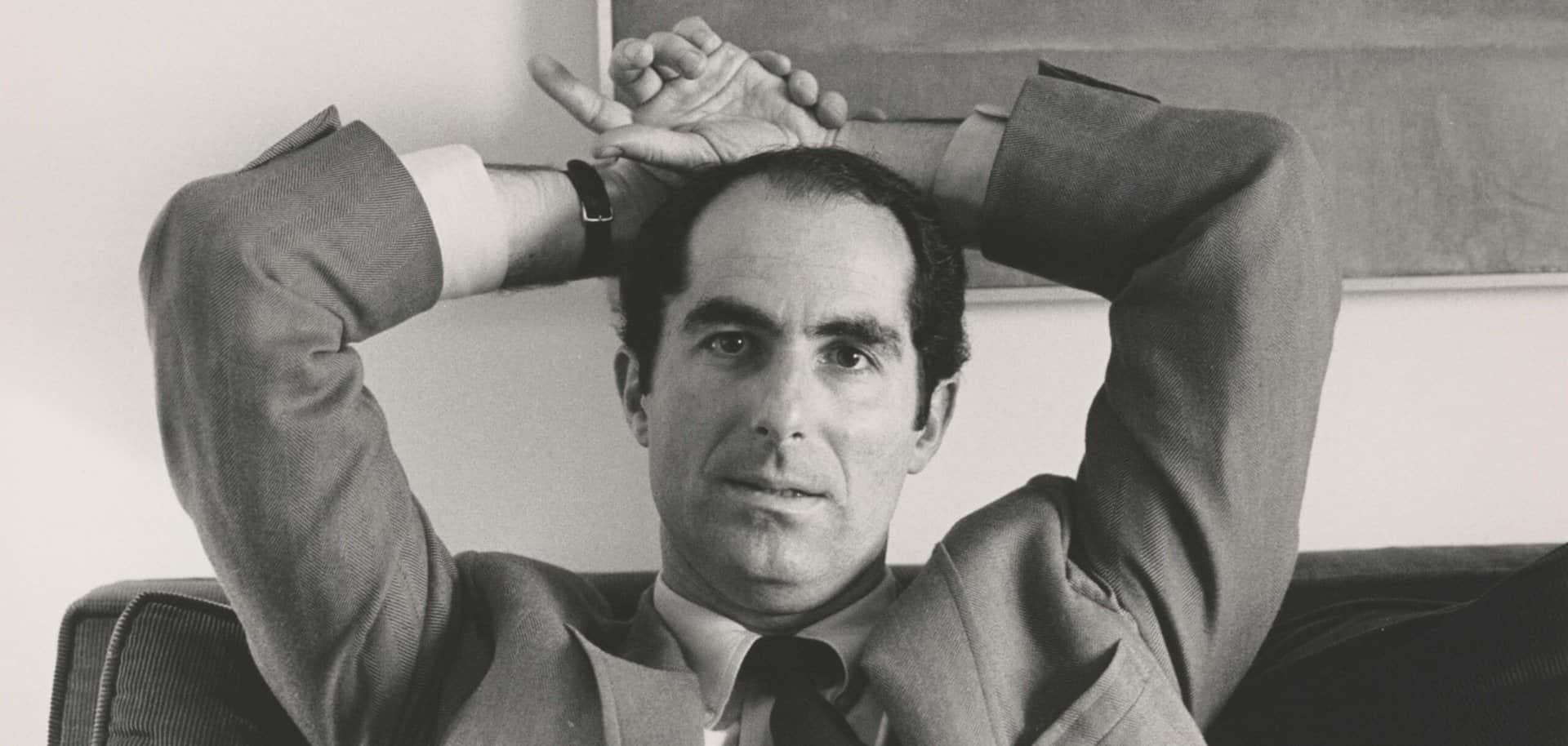
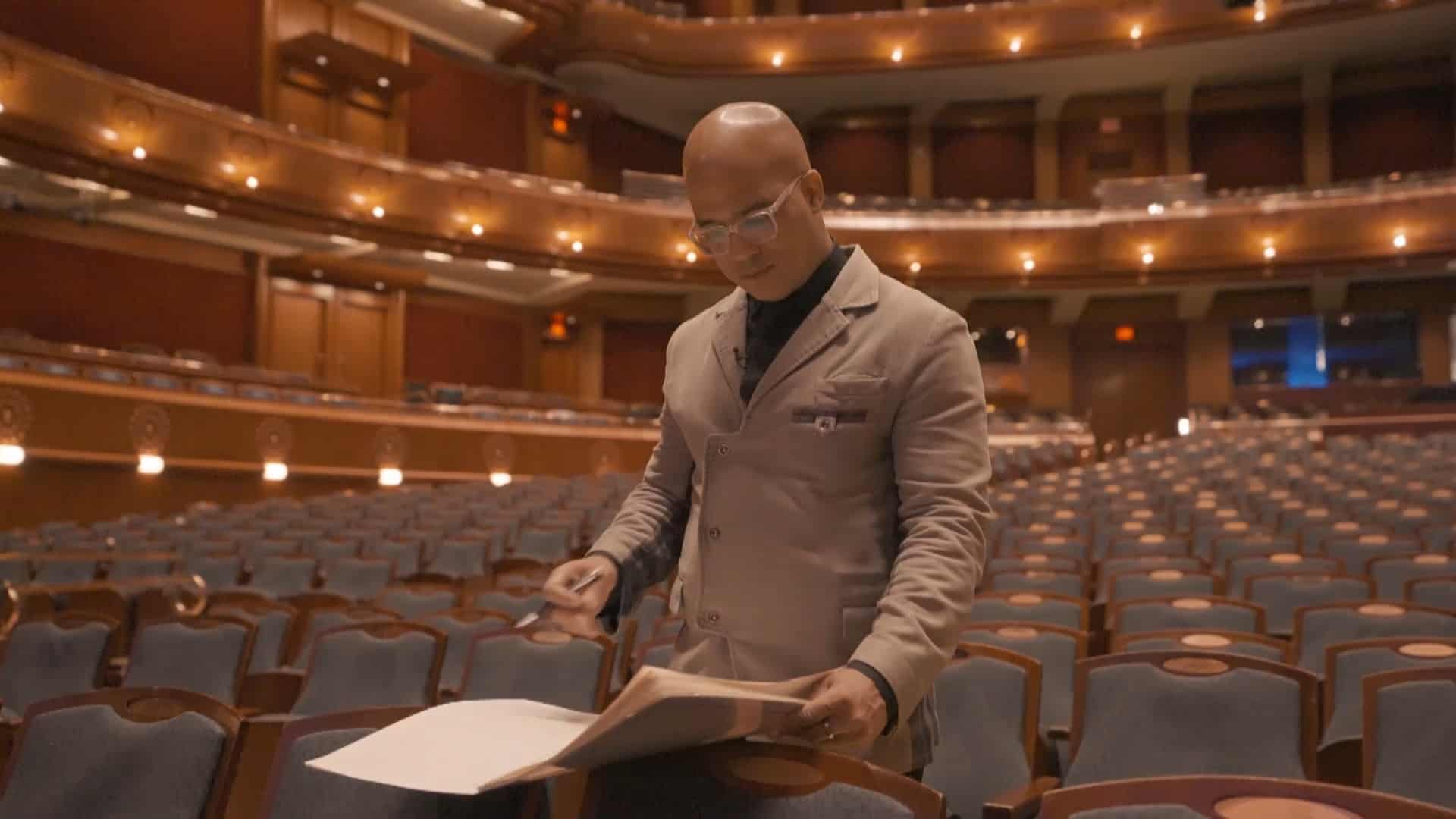
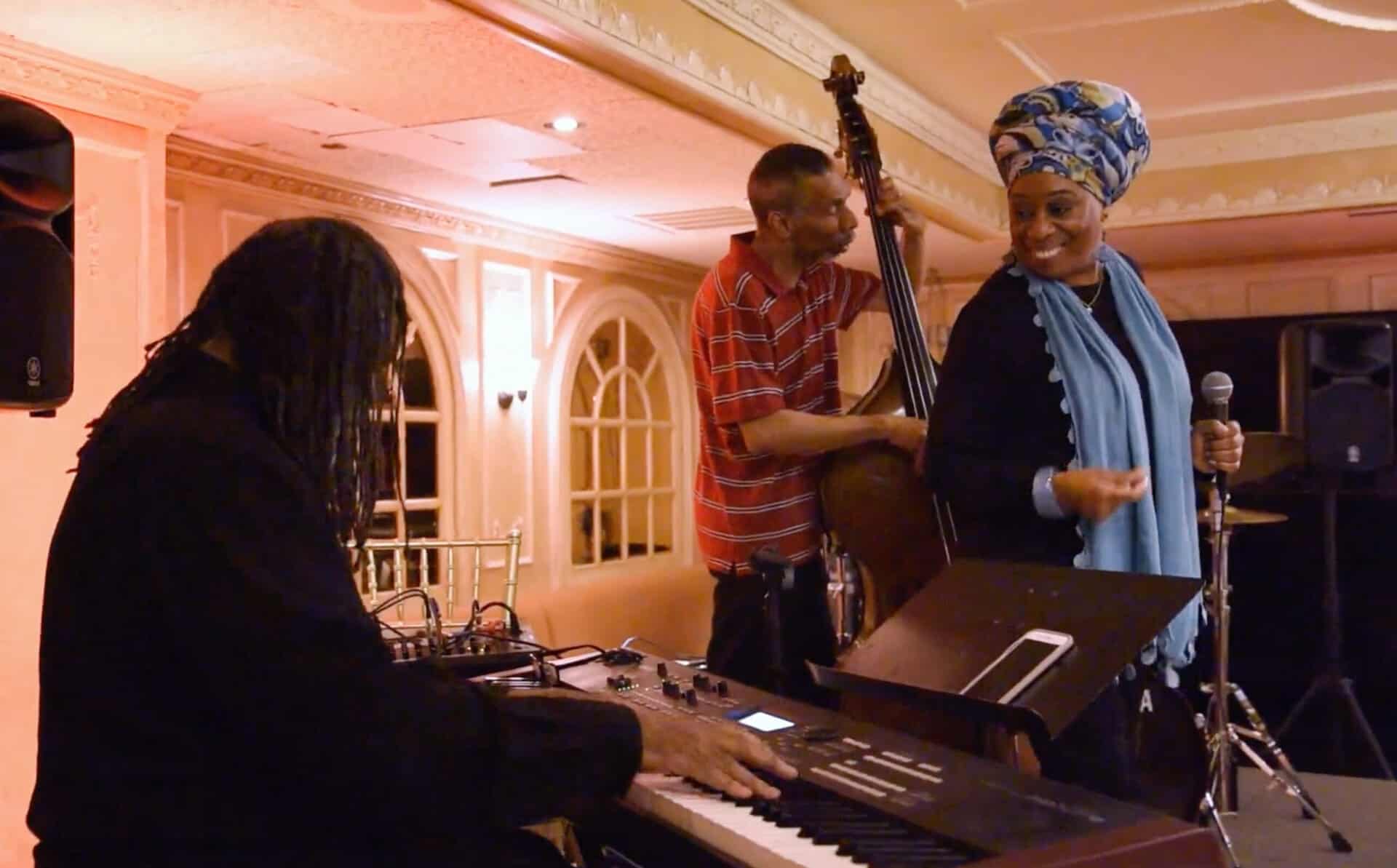

![Truckdriver after a Run, Ohio, Sol Libsohn, 1945 [ICP]](https://stateoftheartsnj.com/wp-content/uploads/2023/05/libsohn_sol_156_1983_411582_displaysize.jpg)
